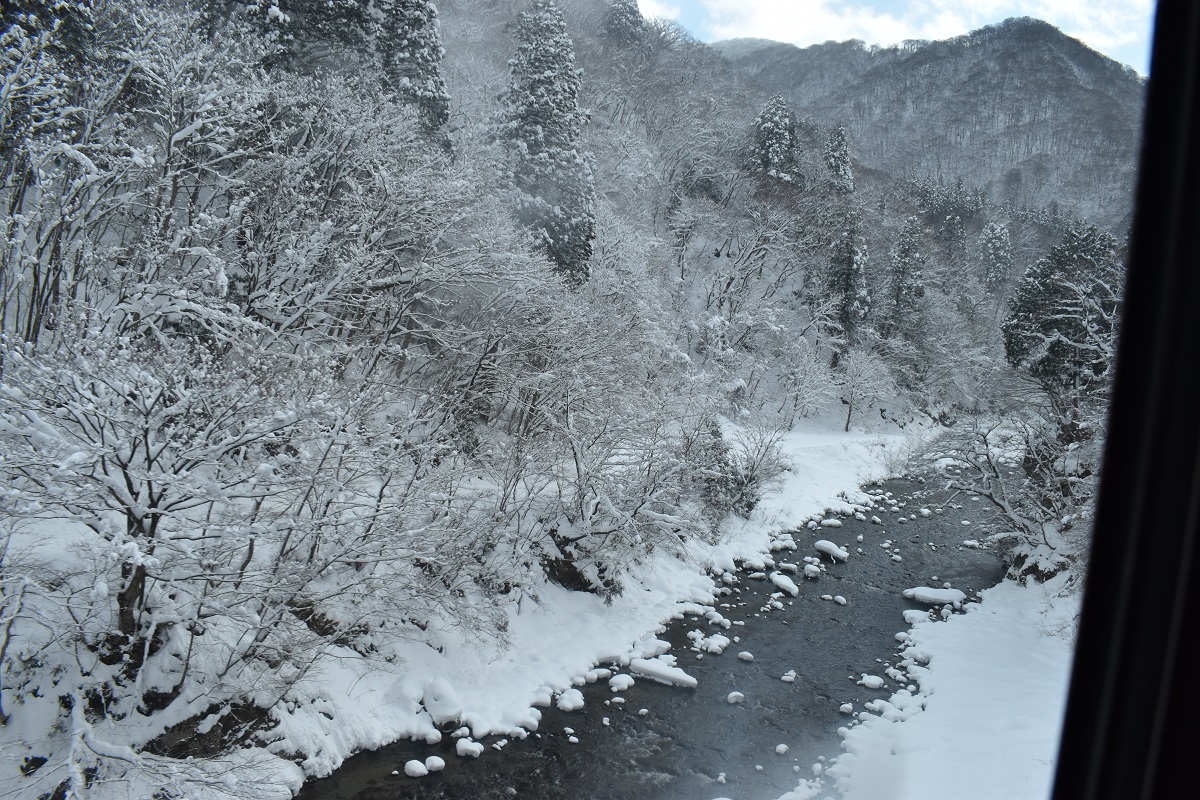Himeji Castle was the first place in Japan to be registered as a World Heritage Site, along with Horyuji Temple in Nara. In addition, there are 12 castles that still have castle towers from the Edo period, and of these, the castle with its imposing appearance is the one you want to visit first. The reason for this is that in its 400-year history, it has never been destroyed by war, nor has it suffered any damage in modern wars, so it remains as it was in the past. Furthermore, the tiles and walls are hardened with white plaster to protect against wind, rain, and enemy attacks. This gives the entire castle a pure white appearance, and it is so elegant that it has been compared to the white heron, which is common in western Japan.

The structure of the castle is made up of many layers of moats and walls, like a spiral escargot, making it difficult to reach the castle tower. If you take a photo with the castle tower in the background, you will end up having to press the shutter too often, so be careful. By the way, there was a shortage of stones for the stone walls when castles were being constructed, so sarcophagi from the Kofun period were used as the stone walls for the gates and the stone mills that the residents used in their homes are embedded in the stone wall, so don’t forget to keep an eye on them.
There is also a ghost story about Himeji Castle called Banshu Sarayashiki. There was an incident in which an undercover female spy sent against a vassal who betrayed his lord was killed for losing one of ten family heirloom plates, and was thrown into a well by the vassal. After that, every night a woman could be heard counting the number of plates up to nine from inside the well. This well is located within Himeji Castle and is named after a woman, “Okiku no Ido” (the well of Okiku). It’s below the castle tower. Don’t miss it.
By the way, there is a famous rakugo story based on this ghost story. It is said that if you hear Okiku counting nine or more pieces, you will die, so a show hut was built around the well. The hut is crowded with customers who have seen something scary, and Okiku counts up to nearly nine, but the customers are in a state of panic because the exit is narrow and they can’t escape. Okiku finally counts more than 10 cards to 18, but no one dies. What did Okiku say at that time? To find out what happens next, please go to a vaudeville where rakugo is being performed. Looks like things are going well later.





























































